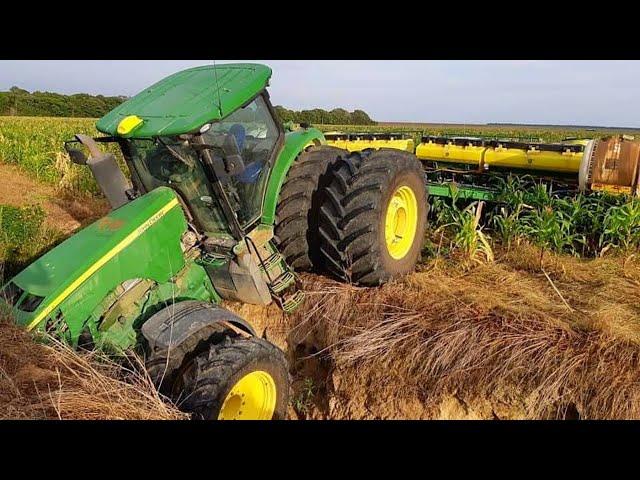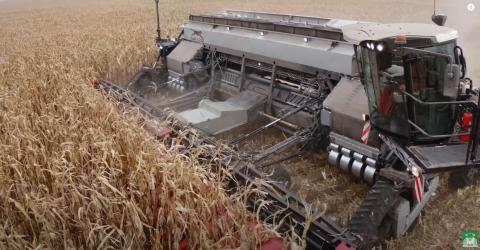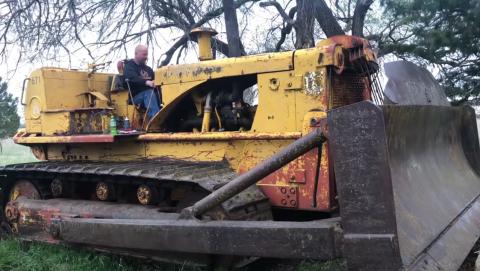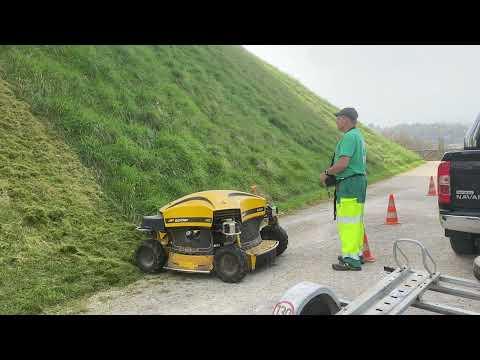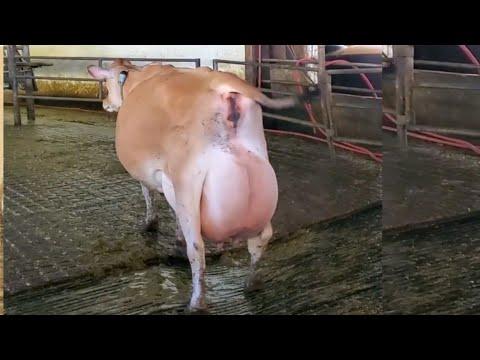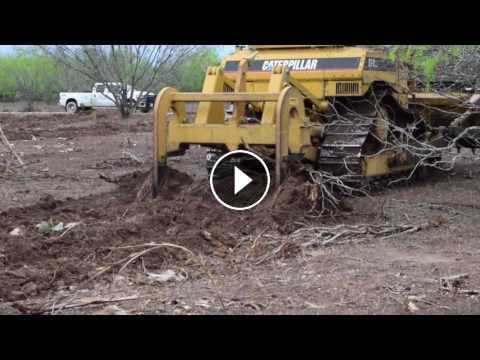This video is about Root Plow Fallowing, which is applied in arid and semi-arid regions when rainfall is insufficient, is an agricultural method used in the world and in our country. If there is no possibility of irrigation in case of insufficient rainfall, the correct methods to be applied in fallow, which is a necessity, can prevent the decrease in yield. We talked to Recep Kodaş, Head of Field Crops Central Research Institute Cultivation Technique, about the amount of fallow land in Turkey, the correct techniques to be applied in fallow, and the results of fallow application in the world.
First of all, what is fallow and for what purpose?
Fallow; In short, it is the cultivation of the soil and leaving it empty without cultivation. But if we take it more broadly, fallow is done in order to accumulate moisture in the soil in case of insufficient rainfall, to destroy weeds in the soil, to ensure the accumulation of organic matter in the soil with the decay of stubble and plant residues, and to improve the biological, physical and chemical properties of the soil.
According to 2018 TUIK data, Turkey's total agricultural area is 37.8 million hectares. About 15.5 million hectares of this is used in the production of cereals and other plants. The total fallow area is about 3.5 million hectares.
IF IRRIGATION IS AVAILABLE, THERE IS NO NEED FOR FALLOW
Are there certain types of land where fallow is practiced? Can it be applied on all types of terrain?
In arid and semi-arid regions of Turkey, in dry conditions where precipitation is insufficient or uneven, especially in the Central Anatolian Region, the grain/fallow planting system is generally applied. After the grain is harvested in July, the soil is cultivated and left empty for about 14-15 months until the next year's grain is planted in October. Thus, our farmer can get a product from the same field every 2 years.
Here, the fallow activity is also an issue that should be emphasized. The fallow efficiency means how much of the precipitation that falls on the empty field can be accumulated in the soil. For example, if 300 mm of precipitation fell during the fallow period and 60 mm of this was retained in the soil, this means 20 percent fallow efficiency.
If there is irrigation opportunity, there is no need for fallow, our farmer can grow every year with the necessary plant feeding and fertilization methods. But in this case, too, it is not a single type of crop cultivation: it is necessary to cultivate different types of crops such as cereals, anchor crops, legumes and oil crops within a certain crop pattern.
FALLOW RESEARCH STUDIES IN TURKEY STARTED IN THE 1930S
Is the manufacturer's faults (wrong planting, wrong irrigation, wrong ploughing) a situation that makes the fallow compulsory? Are fallow practices in the world similar to ours?
As it can be understood from the purpose of applying the fallow, precipitation is insufficient in arid and semi-arid regions and it is desired to accumulate moisture in the soil. Incorrect practices of our farmers during the production phase may cause yield loss. Maybe in sloping lands, like tillage parallel to the slope, wrong plowing and wrong irrigation cause erosion and soil transport and less amount of precipitation water to penetrate the soil. But that doesn't mean it makes fallow mandatory.
However, if it is considered as follows: inaccuracies in soil cultivation (inability of water to penetrate deep by surface cultivation of the soil; water passing to the surface flow as the soil remains completely bare without leaving stubble residues, not accumulating, late in stubble destruction or cultivation when the soil is not annealed, etc.) and lack of moisture in the soil cause fallow. it could be. It should also be noted that gravelly, sandy and heavy clay soils and shallow soils are not suitable for fallow. It is recommended to abandon the fallow land in the fifth, sixth and seventh class lands, which are not even suitable for tillage due to the land and soil characteristics. However, in the cultivation year following the fallow, our farmers should apply appropriate cultivation techniques (especially seedbed preparation, appropriate sowing time, shape and amount, and weed control) in order to maximize the benefit to be obtained from the accumulated water.
- Category
- Tractor & Machinery




